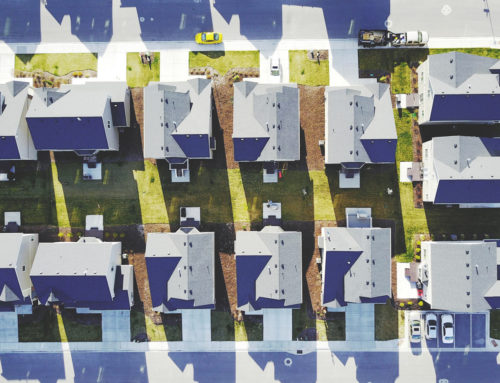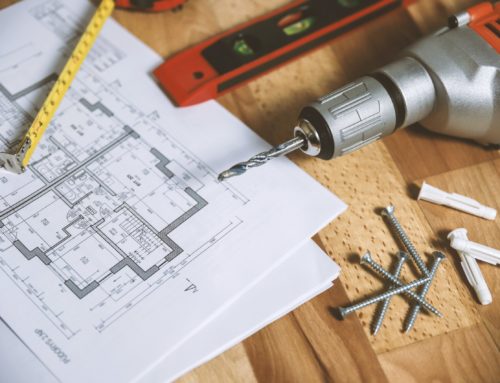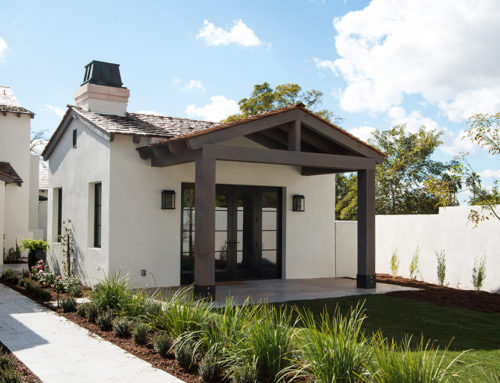Have you heard of Feng Shui? Do you associate it with the water fountain people have at their entry ways? I’ll admit, even though I’m Asian, I don’t fully buy into all the practices, like painting a room yellow will lead to better health and purple will lead to wealth and prosperity. They’re just too… unscientific, similar to astrology. It might be entertaining but most of the time I consider them self-fulfilling prophecies.
As a developer though, I do find it contains excellent interior design principles. After all the goal of feng shui is for good harmonious living. I try to incorporate some as I design and evaluate the layout of a house. Consider this a practical and interpretation on how you can make your home more functional.
1. CLEAR THE CLUTTER
Rule #1 is that energy, or chi, must be able to flow freely throughout your space. Clutter disrupts this flow and create negative energy. Just think about how you feel looking or walking around a house filled with toys or dirty clothes. It’ll feel cathartic to clean them up. This applies particularly to the entry way. It sets the tone for the entire house.
2. Let it shine
Increasing the air flow and letting in natural light will also help the chi and positive energy of your house. There is a strong preference for houses with the doors facing east or south. I’ve always heard that as a kid and I also have buyers I work with who will straight up not consider a house because the main door faces west. But if you take the time to think about it, facing south and east maximizes the time sunlight is exposed on the main part of the house before it sets in the west, where the light can be often harsh after the cloud and coverage is gone.
3. Take command
Command (or Power) Position is an idea that one should have clear vision of the entry so no one is startled when others enter the room. This applies to the bedroom or a home office. The headboard of the bed should be against a wall with the foot of the bed away from the direct line of the door. The best spot is typically diagonally across from the door or the furthest away. Same goes for office. You want to position your desk so you don’t have your back turned to the wall (so when the boss comes you can switch out of YouTube and pretend to look busy).
Think about if you position your headboard against a window. That just down right doesn’t feel safe. If an earthquake happens or the windows break the shards are falling right onto your face. Against a wall is much more grounded. If you have your bed in direct line of the door then as soon as someone walks in they can see you in your most defenseless vulnerable state, whether it’s a burglar or an unwitting child.
4. Control the Flow
There are a few absolute no no’s in feng shui. Stairs that leads directly to the front door is one, along with avoiding aligning the back door w/ the front door. When guests come into your house, you want them to have an area to decompress, take off their coats or shoes, take in all of the house and feel welcome. With the back door in line with the front door, the eyes focal point is going straight to that, missing the entire house all together. Your guests will have the urge to walk in and then walk straight out. Having the stairs directly to the front door is just not practical if you think about it. You got people coming in and coming out of the house while you got people going up and down the stairs. It creates a busy chaotic intersection.
Mirrors are also worthy of attention. Not a good idea to put them in the entry way or directly across from your bed. They are just too jarring and disrupting. Imagine waking up in the middle of the night to go to bathroom and you catch a glimpse of an moving object out of the corner of your eye, you’re going to be startled thinking someone broke into your house or saw a ghost when it’s really your wife without make up (it’s a joke, please no hate mails). At the entry way again, it creates an unwelcoming effect where you’re literally showing the guests the door after the had just came in.
Hope you found these design tips and modern practical interpretations helpful and create more positive vibes in your home.






